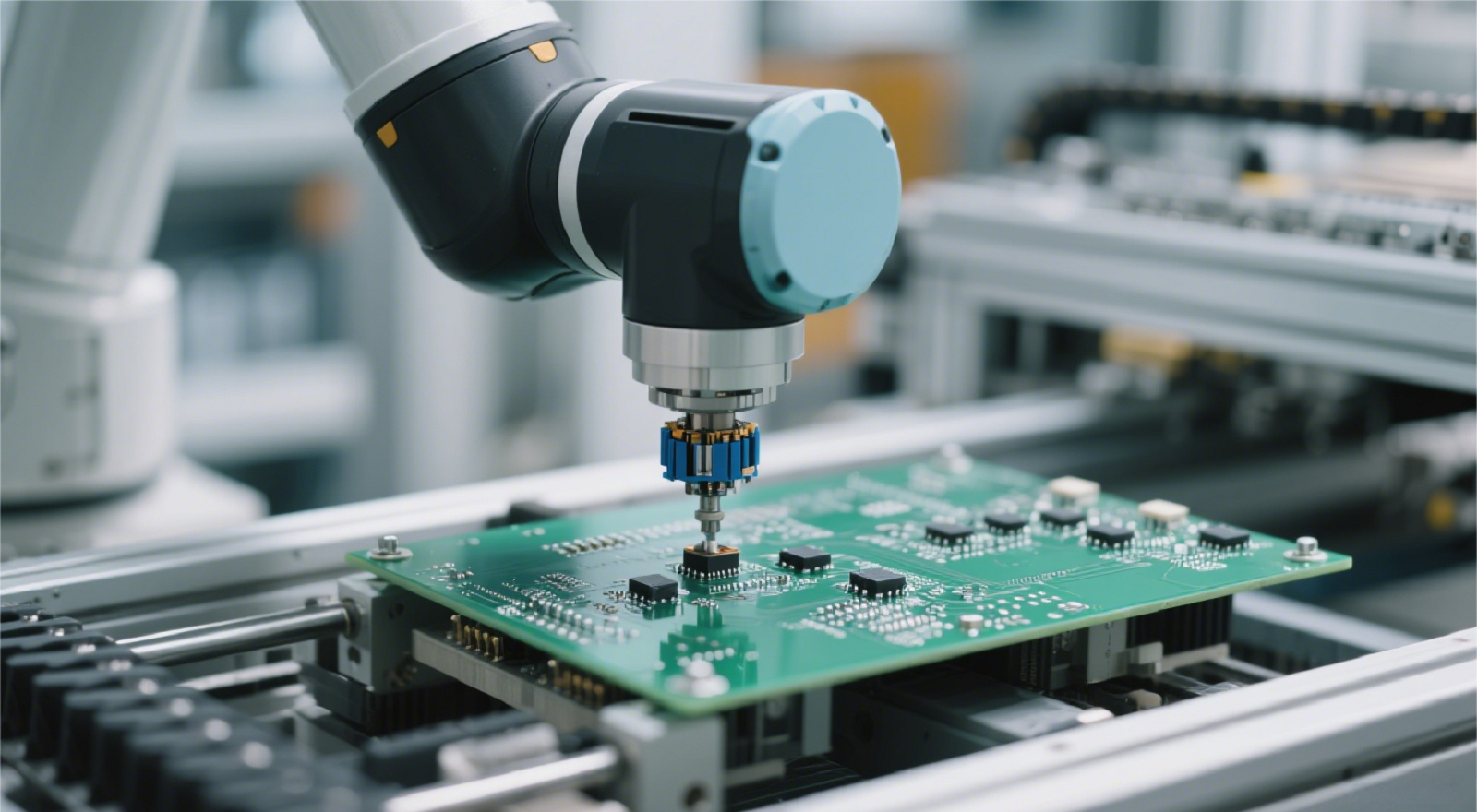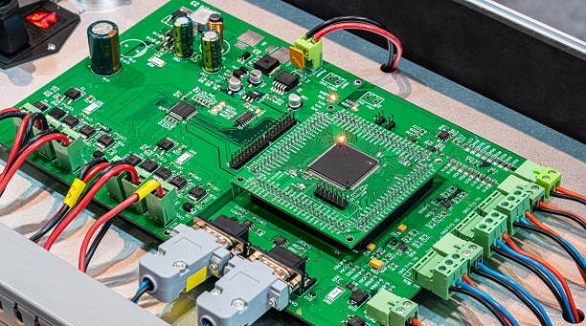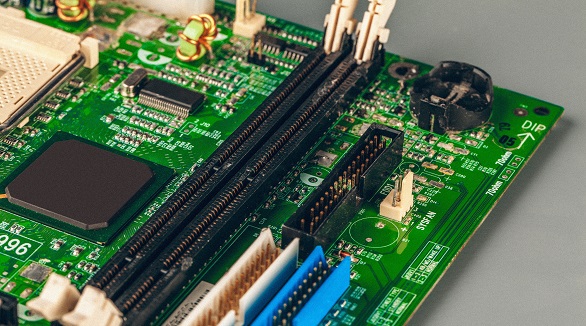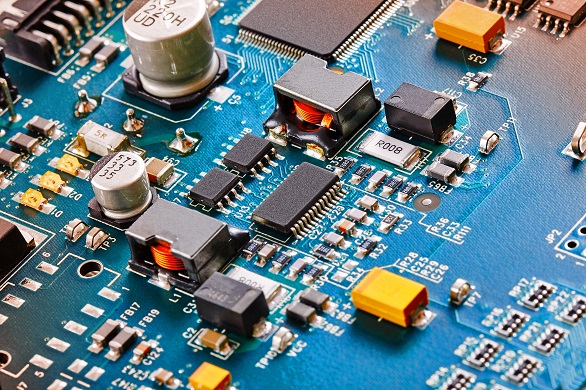What is Electromechanical Parts Assembly?
Electromechanical parts assembly integrates mechanical and electronic components for optimal device function, vital in modern PCBs and tech innovation.
In the present day of high technology, the balanced coordination of electronic and mechanical components is the foundation of the function and technological sophistication of devices we are constantly using. Underlying such coordination is a niche process known as electromechanical parts assembly that is an integral component of PCBs and other sophisticated electronic systems manufacturing and efficiency. For PCB experts and content creators in this niche, learning about the complexities of electromechanical assembly is vital to ensuring optimal product performance and traversing the competitive market.
Defining Electromechanical Parts Assembly
Electromechanical components assembly is the precise act of assembling mechanical and electrical components to create devices that operate in a combined manner. This involves combining various components like sensors, circuit boards, motors, gears, and connectors to create an integrated system where electronic currents efficiently control mechanical functions. It is the process required for developing electronic devices from concept to fully operational systems.

Core Components and Categories
In electromechanical assembly, the components are classified into three broad categories, all of which cooperate to give the general function of the device:
Mechanical Components:
These parts provide the physical framework needed and include casings, motors, gears, and fasteners. They enable devices to maintain form and function and allow for integrating other components.
Electronic Components:
Key to establishing the electrical infrastructure of the device, these include sensors, capacitors, integrated circuits (ICs), and most notably, printed circuit boards (PCBs), the backbone of electronic connectivity.
Electromechanical Components:
Parts like connectors, switches, and solenoids play dual roles by facilitating both mechanical and electronic functionality.
Electromechanical Assembly Services
The level of sophistication and utilization of the device to a large degree dictates the type of electromechanical assembly services employed. The most prevalent practices include:
Cable and Harness Assemblies:
This entails the use of cables and wires that are used to transmit electrical signals between devices. Ties, insulators, fuses, and connectors are crucial parts that assist in signal integrity.
Mounting Rails (DIN Rails):
For support and component management, these rails ensure structural integrity and convenience of access within the constructed device.
Motor Assemblies:
These create the necessary movement in devices, a fundamental application in areas such as robotics and automation.
Switch and Sensor Assemblies:
These assemblies enable device control and interaction through transducing some physical phenomena (e.g., motion, heat) into electrical signals. Some products include sensing elements, connection heads, transmitters, and protective enclosures.
Power Supply Assemblies:
Essential to the conversion and distribution of electrical current, these assemblies contain regulators, transformers, filters, and rectifiers for efficient control of power.
Box Builds and Integrations:
A meticulous process that involves integrating all the components (like PCBs) into complete systems, where they operate as a integrated unit.
Panel Assemblies:
Focus on transferring power efficiently between circuits, including components' installation and wiring into panels.
Transformer Assemblies:
These enable the transfer of electrical current between circuits, as required for energy efficiency and stability of devices.
Advantages of Electromechanical Assembly
Employing electromechanical assembly processes realizes a lot of benefits, especially in PCB production and other uses:
Device Upgradation: Enables easy improvement and upgrading of technology, keeping devices competitive and current.
Specialized Services: Companies can leverage the expertise of contract manufacturers (CMs) with the technology and expertise to optimize complex device assembly.
Prototyping and Testing: Enables product validation at the early stage to make changes before mass production, thus reducing errors and costs.
Cost Efficiency: Integration processes reduce production and cost, particularly by the box build solutions aggregating assembly services.
Partnering with a powerful electromechanical contract manufacturer is most crucial in ensuring success of the project and quality control. Key considerations include:
Quality Assurance: Hire the CM to ensure high-quality standards with needed facilities and certifications for delivery of impeccable service.
Technical Capabilities: The CM must have both the capabilities and resources to meet your own project needs, from simple through highly complex assemblies.
Production Run: Verify that the CM accommodates both high-volume and small orders, especially important for items requiring flexibility in production runs.
Experience and History: An experienced CM should have a history, indicating how efficiently they can resolve issues promptly and deliver quality output.
Box Build Solutions: In-house support for complete solutions can be cost-effective and save time, offering a quick solution for device assembly completion.

Electromechanical components assembly is a key aspect of the manufacturing and functioning of modern electronic devices, including PCBs. The technology ensures that electronic and mechanical components are balanced to offer effective, reliable, and innovative devices. For PCB professionals and specialists, it is important to understand and utilize electromechanical assembly technology to ensure innovation and competitiveness in a rapidly changing technological setting. By partnering with proficient contract manufacturers and adopting innovative assembly strategies, industry players can continue to push the boundaries of electronic device capabilities and performance.
Hot Tags:
Contact us

If you can't find what you're looking for, please contact us.
Article

Electronic module assembly is crucial for innovation, driven by demands for high-performance, reliable modules in fields like connectivity and electric transportation.

Efficient PCB assembly needs component standardization, design clarity, optimized workflow, material management, defect detection, automation, teamwork, lean practices, and IoT integration to meet quality and demand.

PCBX offers fast, high-quality turn-key PCB prototype assembly services, including fabrication, component sourcing, and testing, all at competitive prices, to accelerate product development.